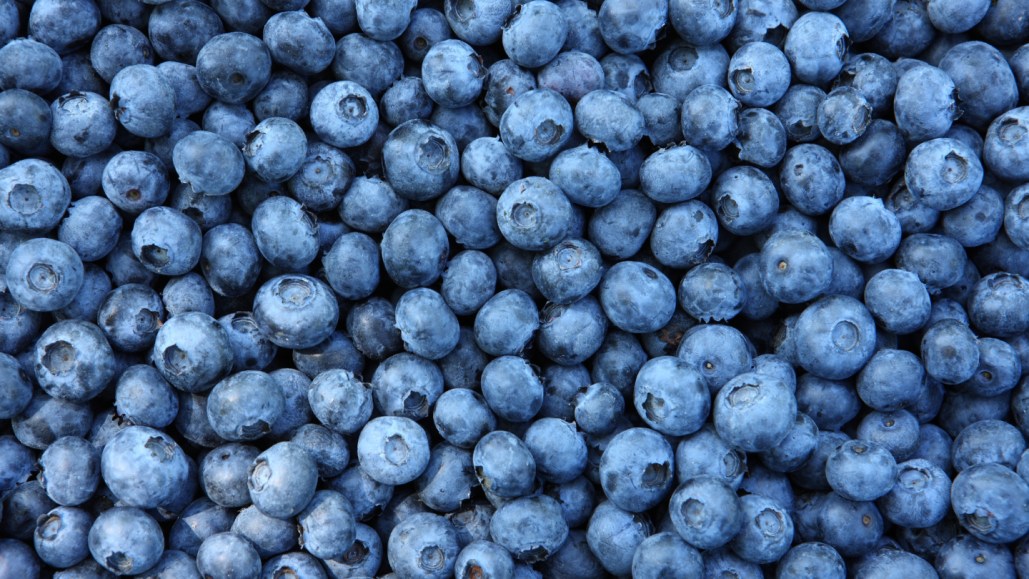The Reason Behind the Blue Color of Blueberries

The color of a blueberry is determined by the structure of its wax coating.
The wax coatings on blue fruits such as blueberries (Vaccinium corymbosum), grapes (Vitis vinifera), and certain types of plums contain nanoscopic structures that disperse blue and ultraviolet light, according to a study published in Science Advances on February 7. These fruits are consequently perceived as blue by the human eye. Birds, which can detect UV light, likely view these appealing treats as a blue-UV color.
In nature, the blue color is rare, and there are relatively few blue fruits that contain pigments of that color. For instance, while blueberries are packed with anthocyanin, a skin pigment, this pigment should give the fruit a deep red color rather than blue.
However, the blue tint is generated in their waxy exterior layers. Replicating the blueberry’s blue-generating coating could potentially present a novel technique of coloring plastics or cosmetics in the future. “This sort of coloring is interesting as it doesn’t stain," stated Rox Middleton, a physicist from the University of Bristol in England and Dresden University of Technology in Germany.
To gain a deeper understanding of the berries’ waxy coverings, Middleton and her team conducted a study on a variety of fruits using a scanning electron microscope. The resulting images depicted a variety of tiny molecular structures. Further optical experiments revealed that all of these structures disperse blue and UV light.
Middleton explained that when the exterior of a blueberry is rubbed and the outer wax layer is removed, the underlying layer is entirely dark.
The study team was able to replicate this phenomenon in a lab setting as well. Wax from Oregon grapes (Mahonia aquifolium) turned transparent when it was dissolved in chloroform. The wax regained the blue coloring once it recrystallized after having been spread on a black card.




